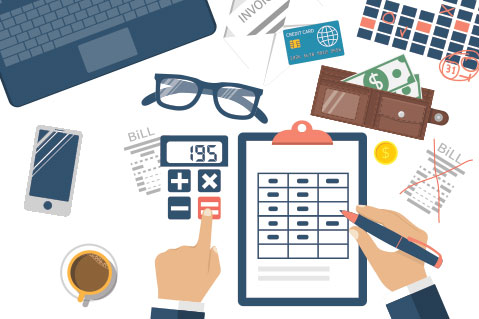Strategy March 28, 2017
How To Handle An Order Error
The number-one objective should be fixing the problem.

1. Address the Error Immediately
As soon as a mistake is discovered – whether by you and your company, the client or a third party – it’s important to make it a priority. That means proactively reaching out to the customer to alert them, or taking their phone call, no matter how angry they may be. A problem that’s brushed under the rug will only be more difficult to explain once it inevitably comes to light. Let the client know you’re using all the resources at hand to find out what went wrong.
2. Zero In
Once the customer is aware of the mistake, triage the error and find out where it happened. Whether it was a snowstorm that hampered the delivery company, a prematurely approved pre-production sample, a lack of adequate inventory at the supplier or a communication breakdown between you and the client along the way, double back to the customer and explain what happened. Internally, address the mistake and figure out ways of streamlining the process so there’s less chance of it happening again.
3, Don’t Pass the Blame
If the error was the supplier’s fault, or even the client’s, resist the temptation to blame. Instead, state objectively what went wrong and then absorb the blow by quickly presenting solutions with the customer. The number-one objective should be fixing the problem.
4. Consult With the Client
By asking customers how they’d like the situation corrected, you demonstrate a concern for their wellbeing and their future relationship with you. Many times, they’ll just ask for the mistake to be corrected, perhaps along with a small freebie. Whatever the correction entails, swallow the cost (as long as it’s within reason) and don’t panic or seem flustered.
5. Think Long-Term
Consider the overall relationship with the client rather than the immediate situation. A well-handled correction presents an opportunity to make a customer even more loyal. That means eating the cost of the rectification in order to maintain the account and possibly strengthen the relationship. A long-term perspective also lessens the temptation to pass the blame on to any one party.
6. Establish a Service Culture
Continue to hone a culture of customer service at your company by teaching all employees how to effectively handle order errors and possibly irate clients. Make sure employees are comfortable enough with management to be open about mistakes they discover. Reiterate daily that customer service is king, and recognize those colleagues that handle difficult situations with tact and aplomb.
